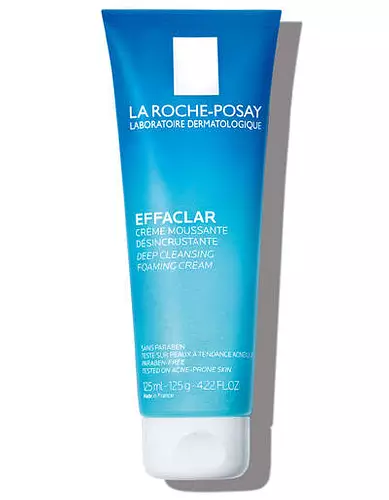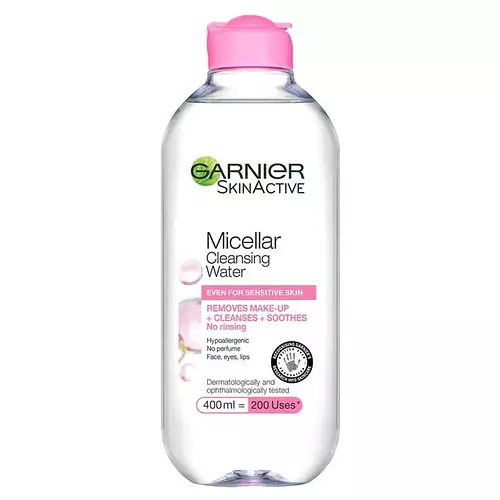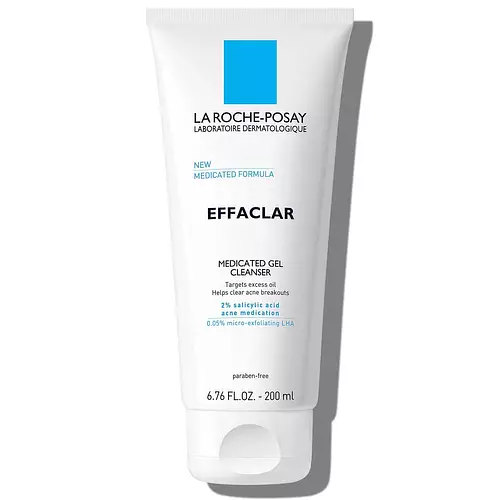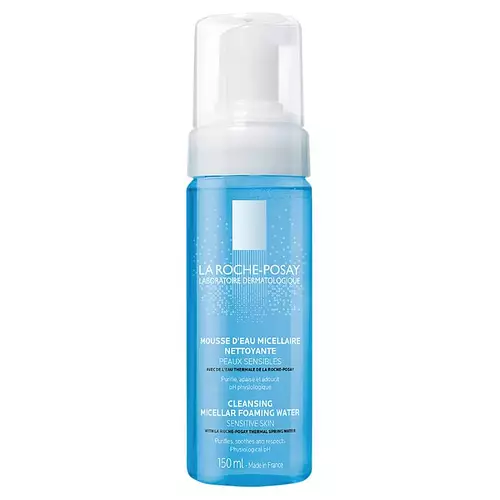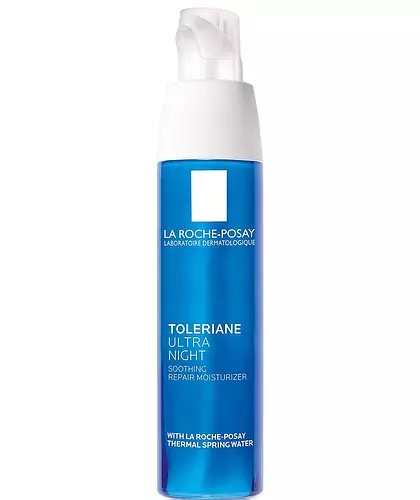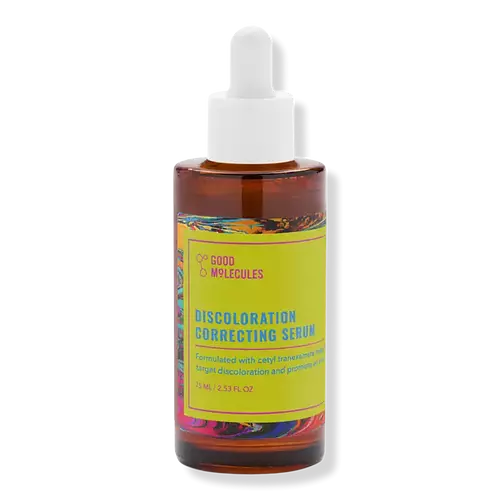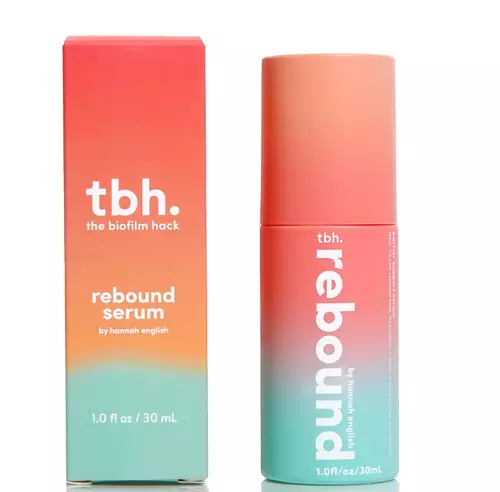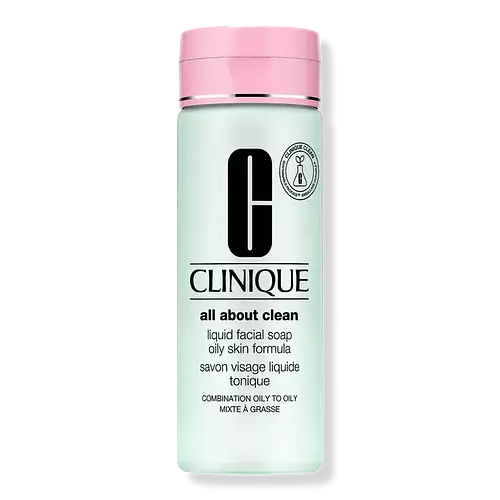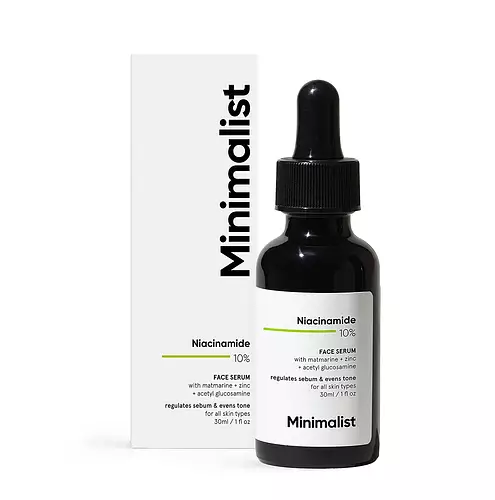Updated on July 18, 2023
Overview
What they are
These products are both reef safe . They have a total of 3 ingredients in common
Cool Features
They both contain BHA
Suited For
They're both likely to be good for fighting acne and brightening skin
Free From
They both do not contain any common allergens, parabens, silicones or sulfates
What's Inside
They both contain fragrances
We independently verify ingredients, and our claims are backed by peer-reviewed research. Spot a product that needs an update? Let us know.
Ingredient Info
La Roche-Posay Effaclar Ultra Concentrated Serum 19 ingredients
La Roche-Posay Effaclar Deep Cleansing Foaming Cream Cleanser 12 ingredients
At a glance
Click on any of the items below to learn more
La Roche-Posay Effaclar Ultra Concentrated Serum 19 ingredients
La Roche-Posay Effaclar Deep Cleansing Foaming Cream Cleanser 12 ingredients
Notable Ingredients
This product contains 2 ingredients that may have this attribute:
This product contains 1 ingredient that may have this attribute:
This product contains 1 ingredient that may have this attribute:
Benefits
This product contains 3 ingredients that may have this attribute:
This product contains 1 ingredient that may have this attribute:
This product contains 1 ingredient that may have this attribute:
This product contains 3 ingredients that may have this attribute:
This product contains 1 ingredient that may have this attribute:
This product contains 2 ingredients that may have this attribute:
This product contains 2 ingredients that may have this attribute:
This product contains 2 ingredients that may have this attribute:
This product contains 4 ingredients that may have this attribute:
Concerns
This product contains 3 ingredients that may have this attribute:
This product contains 1 ingredient that may have this attribute:
This product contains 3 ingredients that may have this attribute:
This product contains 5 ingredients that may have this attribute:
This product contains 3 ingredients that may have this attribute:
Notable Ingredients
This product contains 1 ingredient that may have this attribute:
Benefits
This product contains 1 ingredient that may have this attribute:
This product contains 1 ingredient that may have this attribute:
This product contains 2 ingredients that may have this attribute:
Concerns
This product contains 3 ingredients that may have this attribute:
This product contains 2 ingredients that may have this attribute:
This product contains 2 ingredients that may have this attribute:
This product contains 2 ingredients that may have this attribute:
Ingredients Side-by-side
Ingredients Explained
These ingredients are found in both products.
Ingredients higher up in an ingredient list are typically present in a larger amount.
Water. It's the most common cosmetic ingredient of all. You'll usually see it at the top of ingredient lists, meaning that it makes up the largest part of the product.
So why is it so popular? Water most often acts as a solvent - this means that it helps dissolve other ingredients into the formulation.
You'll also recognize water as that liquid we all need to stay alive. If you see this, drink a glass of water. Stay hydrated!
Learn more about WaterSalicylic Acid (also known as beta hydroxy acid or BHA) is one of the most well-known ingredients for treating skin that struggles with blackheads and acne. It helps to exfoliate both the skin's surface and pores, and also acts as an anti-inflammatory agent.
This multitasking property makes it a great ingredient for cleaning out pores, controlling oil production, and reducing inflammation.
Unlike AHAs which are water soluble, Salicylic Acid is oil soluble. This means that it's able to exfoliate the inside of pores and reduce blackheads.
Concentrations of 0.5-2% are recognized by the U.S. FDA as an over-the-counter topical acne product.
It can cause irritation and/or dryness if one's skin already has a compromised moisture barrier, so it's best to focus on repairing that before introducing a Salicylic Acid into your routine.
In general, Salicylic Acid is a great ingredient for oily acne-prone skin.
While salicylic acid does not increase sun-sensitivity, we still recommend wearing SPF.
If you are looking for the ingredient called BHA or Butylated Hydroxyanisole, click here.
Learn more about Salicylic AcidParfum is a catch-all term for an ingredient or more that is used to give a scent to products.
Also called "fragrance", this ingredient can be a blend of hundreds of chemicals or plant oils. This means every product with "fragrance" or "parfum" in the ingredients list is a different mixture.
In the US, the alternative name for parfum is 'fragrance'.
The term 'fragrance' is not regulated in many countries. In many cases, it is up to the brand to define this term.
For instance, many brands choose to label themselves as "fragrance-free" because they are not using synthetic fragrances. However, their products may still contain ingredients such as essential oils that are considered a fragrance by INCI standards.
One example is Calendula flower extract. Calendula is an essential oil that still imparts a scent or 'fragrance'.
Depending on the blend, the ingredients in the mixture can cause allergies and sensitivities on the skin. Some ingredients that are known EU allergens include linalool and citronellol.
Parfum can also be used to mask or cover an unpleasant scent.
The bottom line is: not all fragrances/parfum/ingredients are created equally. If you are worried about fragrances, we recommend taking a closer look at an ingredient. And of course, we always recommend speaking with a professional.
Learn more about ParfumIngredient Ratings
Here's what our community thinks of the ingredients in these two products.
When to use
La Roche-Posay Effaclar Ultra Concentrated Serum 19 ingredients
La Roche-Posay Effaclar Deep Cleansing Foaming Cream Cleanser 12 ingredients


Reviews
Here's what our community thinks
La Roche-Posay Effaclar Ultra Concentrated Serum 19 ingredients
Lapaki
Dependable anti-blemish and anti-marks serum for sensitive skin
This is a very good and gentle exfoliating serum for sensitive skin. It helped me...
Dependable anti-blemish and anti-marks serum for sensitive skin
This is a very good and gentle exfoliating serum for sensitive skin. It helped me get rid of some hormonal acne few years ago, cleared my skin and somehow made it more resistant to acids, which I had to be very carful with before. Its also good for treating backne.
GabriellaTsoukalas
Worth the try for ACNE skin
I used it for about 2 years and I was more than satisfied. Upon returning on my Erasmus trip, it broke me out and made...
Worth the try for ACNE skin
I used it for about 2 years and I was more than satisfied. Upon returning on my Erasmus trip, it broke me out and made my skin dry. I don't know if anything happened during the trip but right now I don't use it. It's really good if you have taken acne treatment pills and you need smt to keep the acne away (from my experience at least).
La Roche-Posay Effaclar Deep Cleansing Foaming Cream Cleanser 12 ingredients
Pola 🐛
Good if you want to prevent acne. Although it probably won't help if you're already broken out. Left my skin very tight and that's why I stopped...
Good if you want to prevent acne. Although it probably won't help if you're already broken out. Left my skin very tight and that's why I stopped using it
Katt135
It has not got rid of my acne and I think it dries my skin out. That said it is pretty good, also great value for money because the bottle is big...
It has not got rid of my acne and I think it dries my skin out. That said it is pretty good, also great value for money because the bottle is big and you don't need to use a lot of the product at a time.

